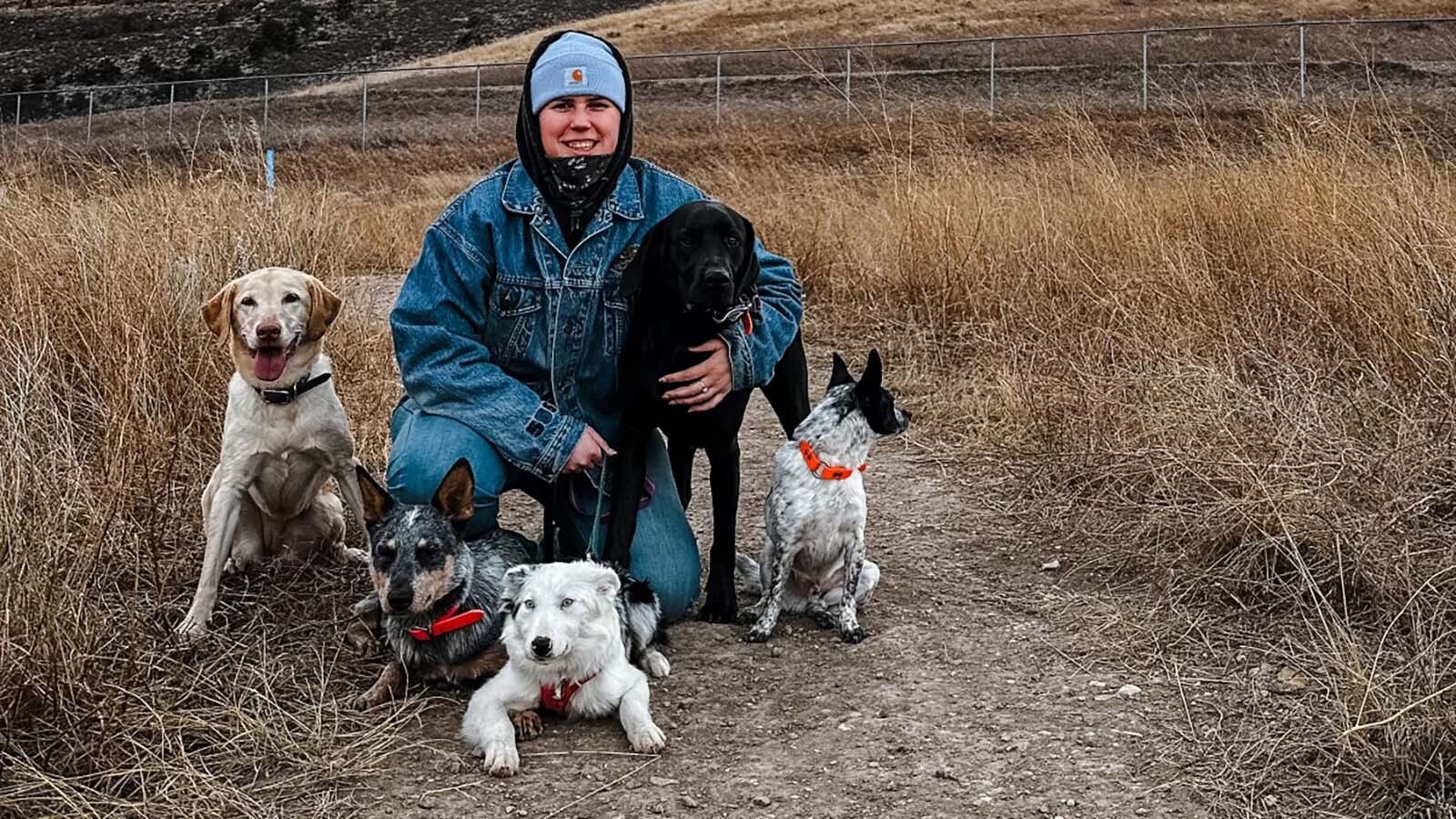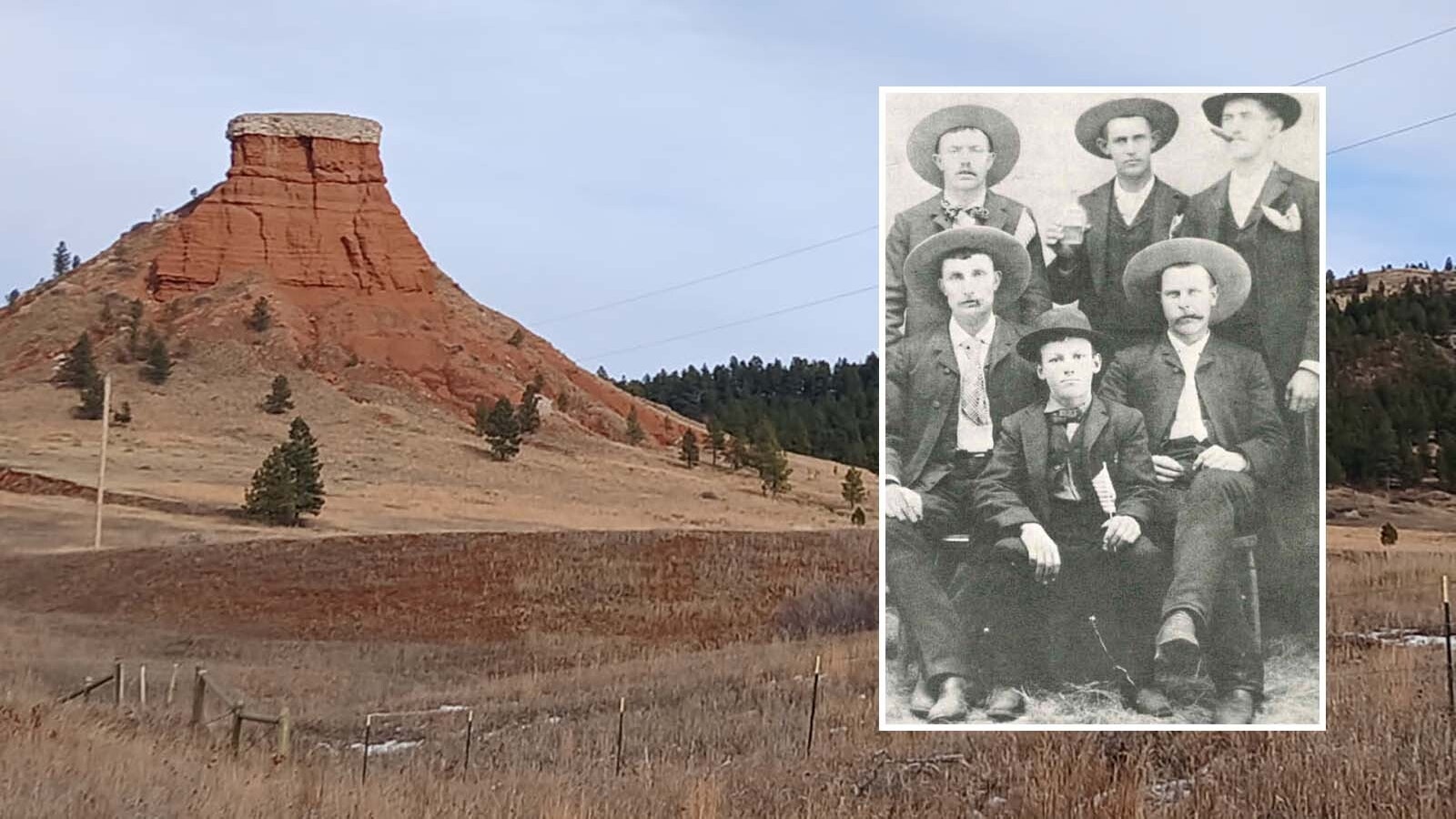Like others in Pinedale, Wyoming, photographer Dave Bell was ready to go to bed at 9 p.m. Tuesday, but like others in the area, an intense thunderstorm moving through had other ideas.
“We had two vigorous thunderstorms roll through Pinedale and we got half an inch of rain,” he said. “By sunset, I thought it was done, until my wife said there was lightning out there. I had no idea that it was going to reoccur in the form that it did.”
Lightning brought by late summer thunderstorms is nothing new around Wyoming. In fact, it’s pretty normal.
But after observing the lightning moving across the southern skies, Bell realized this wasn’t a normal lightning show. It was intense, volatile and spectacular. The natural fireworks prompted the photographer to try something he’d never attempted before — set up and shoot with three cameras simultaneously.
There just seemed to be more lightning that one camera could catch.
The result is a file of amazing photos of the lightning storm that lit up the night sky, but Pinedale below it.
“I have dozens of photos where every photo has at least one lightning bolt, and maybe even two, three, four or five,” he said. “The frequency of lightning was absolutely incredible. I set my shutter speed to 25 seconds, and every shot had a lightning bolt.”
By 9:30 p.m., the thunderstorm had moved beyond Bell’s view and started to dissipate. Bell said it’s the most incredible lightning storm he’s ever seen, in Wyoming or anywhere else.
“I’ve never seen so much lightning and so many bolts in one storm,” he said. “It was a very surreal experience.”
It’s The Season
While the intensity of the lightning was surprising, Bell said the timing wasn’t. He expects lightning storms at this time of year.
“We always get something over Pinedale in the first seven or eight days of September,” he said. “You can put it in the bank. Don't ask me why, but it happens every year. Last night was the third of September, so it was right on schedule.”
Cowboy State Daily meteorologist Don Day said there’s some science behind Bell’s observations. Meteorological conditions are favorable for thunderstorms and lightning at the beginning of September.
“Thunderstorms in early September are fairly common,” he said. “There's enough moisture for these late-day thunderstorms, but it's not that thick, deep moisture that's around in July and August. There are more frequent thunderstorms, and since the atmosphere is not as moist, there’s better visibility to see them. There’s more clarity as the air gets drier.”
Day said early September is “the tail end” of the thunderstorm season in Wyoming. Thunderstorms can happen at any time of the year, but the number and frequency of them drop off between mid-September and early October.
Bell was fortunate to catch this one. If current weather patterns are an indication, Day said there might not be another storm like it this season.
“What he saw Tuesday night was probably either close to the last opportunity for something like that, or maybe that was it,” he said. “Go out with a bang.”
When people hear thunder and see lightning, they might expect some rain. Day said the thunderstorms this week have brought some much-needed moisture to critical areas.
Seeing It All
What is Bell’s secret to excellent lightning photography? Luck has much to do with it, but Bell has a particular advantage that makes his shots special.
“We live on top of a hill. So, I'm lucky all the time,” he said.
Capturing lightning on camera requires more technical skill. Bell recommends using a tripod and a 50 mm lens focused on infinity. Then, set the ISO to 320, the shutter to 25 seconds and the aperture to F 2.2.
“It's a matter of knowing what you want and getting it done,” he said. “It takes two minutes to set up and start shooting, and away you go.”
However, any Wyomingite who wants to capture the Cowboy State’s skies doesn’t need to look for high-elevation areas. Day said that being in Wyoming is already advantageous.
“In the Rockies and the High Plains, we're able to see things really far away that other parts of the country just can't do,” he said. “That's why this part of the country is great for thunderstorms and lightning, great sunrises and great sunsets. We have a lot of sky, great vistas and really good air quality a lot of the time that allows us to see very far.”
The Green Flash
There was one spectacular sight Bell didn’t capture on camera, and he’s still not sure exactly what he saw.
“There was a big bolt that hit something, and a green explosion occurred,” he said. “It was a brilliant green flash that turned into an orange glow. I isolated the exact bolt that caused it in my photos. I don't have the green flash, but the next couple of images show the orange glow.”
Bell suspects the lightning bolt struck an area where he knows there are plenty of natural gas resources, well heads and storage batteries that could’ve been hit. But when he called Sublette County Fire Warden Shad Cooper to report it, he was told there were no new fire calls in the region.
Bell said he’d never seen anything like that green flash before and couldn’t fathom how or where it happened.
“That green flash was so weird,” he said. “I wish I had a photo where it showed up, but it isn’t there. I don’t know what the heck it hit out there, but it hit something.”
Contact Andrew Rossi at arossi@cowboystatedaily.com

Andrew Rossi can be reached at arossi@cowboystatedaily.com.












